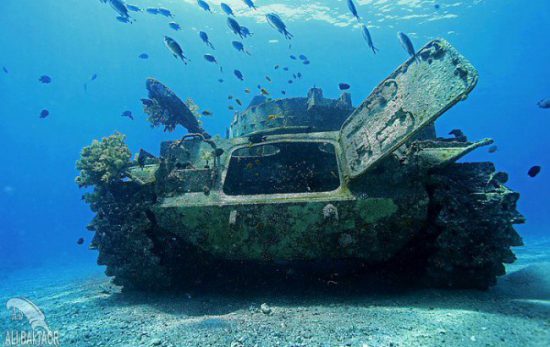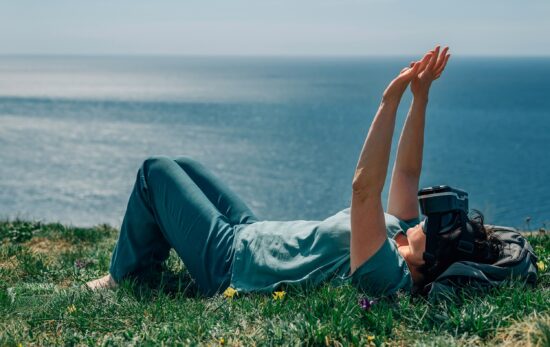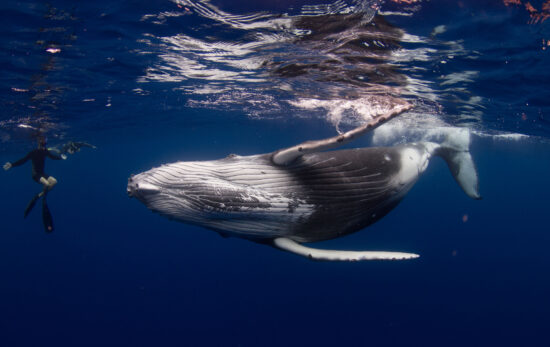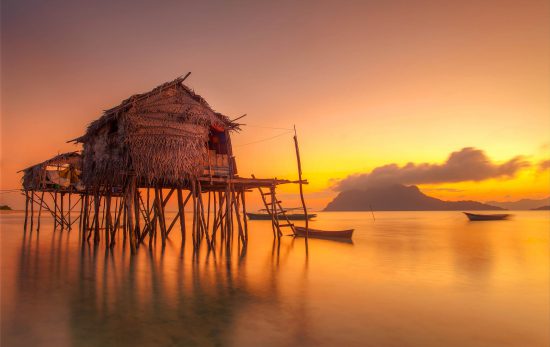Diving in Southern Spain
Locate a PADI Dive Shop in Southern Spain
For years I’ve been travelling to Southern Spain on family holidays and then to visit my parents who had moved there, and I never gave a thought to the diving opportunities that might be afforded there. Granted this was before I became a PADI diver!
For most tourists Southern Spain is synonymous with Sun, Sea and Sangria but for the diver it also offers up a number of great dive sites. In fact it makes the perfect dive getaway for many European divers looking for sunshine and a short flight or even a perfect family summer holiday with some diving – keeping the whole family happy.
It was only when I decided to take my PADI Advanced Openwater course while staying in Marbella that I began to realise what I had missed. I’ve since been back to do my Deep diver speciality and as an expat Englishman the chance to stock up on English tea and Marmite in Gibraltar while diving is one not to be missed!
Southern Spain is also perfect for year round diving with Summer daytime temperatures averaging 30°C, and winter around 16°C with water temp May to September: 19 – 29°C and over the cooler months October to April: 14 – 18°C
With the help of Simon Bell and the team at PADI 5 Star Instructor Development Dive Resort Simply Diving I have 3 top dive sites for you to check out on your next Holiday or dive trip to Southern Spain. Never been to Spain? or go for sun holidays but never dived? Then its definitely worth checking out. You can also find more information on Spain in general on our ScubaEarth featured destinations.
3 Top Dive sites of the Southern Costas
1.Gibraltar
Take a step back into the past as you wind your way round the narrow streets of the densely populated town at the base of the mighty rock of Gibraltar. With Military fortifications from the Moorish period right up until modern time reaching your dive site can be a trip through 100s of years of history. Gibraltar sits at the entrance to one of the world’s natural crossroads, the Gibraltar Strait. Home to a huge diversity of marine species, it is here, at this northern “Pillar of Hercules”, where the incoming current of the Atlantic Ocean mixes with the denser Mediterranean Sea to create a unique combination of flora and fauna.
Choose from wrecks dating back to Napoleonic times or World War II, or dive the Camp Bay Artificial Reef Project, boasting vast schools of boxfish, damselfish and Anthias, as well as pipefish, Atlantic Torpedo rays, octopus and cuttlefish. With visibility of 10-25m and water temps between 16-24 C.
Some Dive sites of note:
- SS Excellent (25-28m) One of Gibraltar’s most popular dive sites, this 1082-ton, steel-clad steamer sank after a collision in 1888. Lying upside down, she has three access points, perfect for the PADI Wreck Diver Specialty. Home to a profusion of colourful marine life, from gorgonians and fanworms to spider crabs and lobsters.
- SS Rosslyn (21m) A very scenic wreck dive, the 3679-ton, 340ft long steamer sank in 1916 and now lies at the bottom of the South Mole. Covered in Anthias and damselfish, this wreck – the largest in Gibraltar – is excellent for photography.
- Camp Bay Conservation Site (Beach-19m) Probably one of the most popular dive sites on the whole of Spain’s Costa del Sol! For the last three decades, a number of vessels have been purposefully sunk to create an artificial reef and encourage marine diversity. The result is the perfect divers’ playground! With 11 wrecks in the one site, Camp Bay is the ultimate locality for conducting the PADI Advanced Open Water diver course, plus PADI Specialties such as Wreck Diver, Underwater Navigation, Peak Performance Buoyancy and Project Aware Fish ID.
- The 482M (17m) This immensely impressive Royal Navy mooring vessel was deliberately sunk in 1990 as part of the artificial reef project. Sitting upright in 17m of water, the 482 is 30m long. Wreck Specialty divers can penetrate its engine room, while all others can marvel at the huge variety of both large and small fish.
2. La Costa Tropical
A short drive to the north of Malaga and home to Europe’s first ever National Marine Park and one of Spain’s most popular dive sites. With viz up to 30m and water temperatures topping 26°C: It’s the perfect spot to take in a leisurely holiday dive. Whether diving the quiet sheltered coves of Marina del Este or from the white sand nudist beach of Cantarriján, the Costa Tropical has a number of protected bays to satisfy both beginner divers or the more experienced and allows year round diving too.
Lying at the foot of the Sierra Nevada mountain range, this rocky shoreline offers a rich heritage of ecological wonder and hosts a profusion of multi-coloured marine species.
Marine life regularly encountered includes octopus, conger and moray eels, lobster, grouper, weaverfish, moonfish, damsels, wrasse, scorpionfish, dolphins, nudibranchs, together with a variety of faunas and corals.
- La Cueva de Cerro Gordo (16m) A short five metre swim will bring you to a cavern lit by a hole in the ceiling. The cave system beyond is for cave-divers only; and is fed by freshwater with is fantastic visibility. After about 80 metres, you can surface in an enclosed cavern of fresh water. This dive is for Advanced and Cavern divers only.
- Tres Picos (6-19m) Three large pinnacles emerge from the seabed giving this site its name of Three Peaks. Start the dive over a 6m deep reef before plunging down the wall face covered in bright orange star coral. The rocky surfaces and many crevices are full of life. Look out for a couple of very cool swim throughs too.
- Fraggle Rock (16-24m) An underwater seamount providing an interesting dive, with the depth increasing as you move around it. A good site to observe scorpionfish and nudibranchs. A short distance away from the rock is a small fishing boat at a depth of 27 metres, as well as two parked cars that have become regular cleaning stations for juvenile Ocean Sunfish.
3. Tarifa
Another spot with fortifications and castles Tarifa is also the most southerly point of the European mainland. It is also where a Sea meets an Ocean in crystal clear, fish-filled water allowing you to dive both the Mediterranean and the Atlantic in one dive!
Africa is only 13km away and views across the Strait are breathtaking, Tarifa is also a popular spot Kite-surfers.
The ocean currents, often powerful, flow between the Mediterranean Sea and Atlantic Ocean and encourage an overlap of ecosystems as well as an interchange of living organisms, enriching both the fauna and vegetation of the water.
The currents differ in both temperature and salt content and therefore increase the variety of habitats and living conditions. These in turn intensify the diversity and number of its cetaceans, other fish and invertebrates.
- The Wreck of San Andres (30m+) The most popular Tarifa site by far. The wreck is the remains of a paddle-steamer that collided with the reef around 150 years ago and settled on the sloping reef. Turtles and Sunfish are regular visitors to the site that is now exploding with life of all varieties. The wreck provides the ideal cleaning station for pelagic species that come in from the Atlantic Ocean for a little R&R.
- Morocco Point (30m) This site is for Advanced Divers only due to occasional strong currents and depth. Some of the biggest and best marine species are often spotted here due to its straddling of the official border between the Mediterranean and Atlantic. Also large groupers and rays can be photographed, while dipping in and out of the jaw-dropping overhangs and tunnels.




